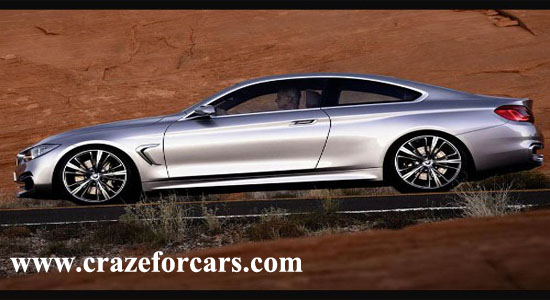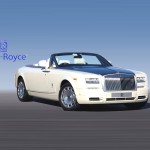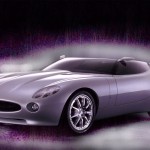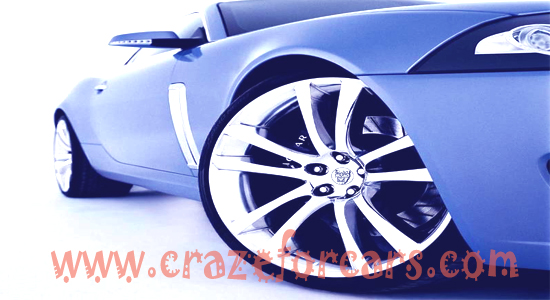
Rolls Royce are a British car producer and one of the few to focus on luxury as the reason for purchasing them – today the brand is identical with high-end luxury, a very high price tag and a no negotiation attitude to comfort and style. Not for Rolls Royce is the race car rare breed though their engines are found everywhere, including in contemporary jet aircraft!
In 1904 Frederick Royce met the noble Charles Rolls – Royce was an electrical engineer while Rolls was the son of a blue-blooded Baron, but he was also a serious car fan. A partnership was formed with Royce building the luxury automobiles and Rolls accountable for selling them. The company they shaped was Rolls Royce and was based upon Royce’s embryonic car business and ongoing life at Christmas 1904.
The Silver Ghost was launched in 1907 as the first true Rolls Royce vehicle (previously they had been budged Royce designs). The Silver Ghost was motorized by a 6-cylinder engine and the interior was painted a silver color (hence the name Silver Ghost). The standing for quality was established with the Silver Ghost when one was finally driven for more than 15,000 miles without engine failure – a notable feat in those days.
The initial success of the business came to a tragic end in 1910 when Rolls, an adventurer and speed freak, was killed flying a bi-plane, again a novelty sport afforded only by the very rich. Nevertheless, the company sustained and with the advent of World War One, the Silver Ghost chassis was used as the basis for the British armed car used in the conflict.
The following decade, known as the Roaring Twenties, was typified by high expenditure and lavish living which meant that Rolls Royce did well. The cars also got their moniker of “Roller” and despite the foreword of the Baby Roller, the trend was for bigger cars. As a result, the Phantom I and II were designed and launched which capitalized on the make name and standing for luxury with cost not an object.
Throughout the rest of the 20th century, the company has prolonged and developed further models, cushioned from the worst of economic downturns and another World War by relying on royal support and a reputation for high presentation producing quality engines. In the Second World War for example, the iconic Spitfire fighter plane was motorized by a Rolls Royce Merlin engine.
The 21st century has seen the foreword of a new range of cars including the Silver Spur and Silver Spirit, both carrying the luxury tent into new territories and the new millennium. The all new Phantom was launched in 2003 and was obtainable not only as a luxury sedan but also came as a coupe and an adaptable model. Rolls Royce celebrated 100 years of making fine luxury cars in 2004 but more launches have emerged since then. The Rolls Royce Ghost packs a powerful presentation punch – a top speed of 155 miles per hour and a 0 to 60 acceleration record in only 4.8 seconds. While Rolls Royce’s are built for console, there is a genuine lion under the hood.










